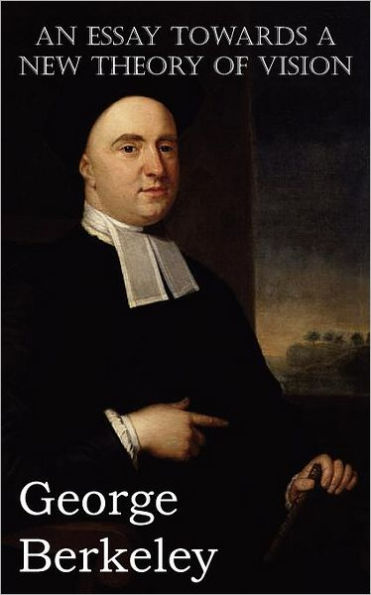5
1
9781612039817



An Essay Towards a New Theory of Vision available in Paperback, eBook

An Essay Towards a New Theory of Vision
- ISBN-10:
- 1612039812
- ISBN-13:
- 9781612039817
- Pub. Date:
- 03/23/2012
- Publisher:
- Spastic Cat Press
- ISBN-10:
- 1612039812
- ISBN-13:
- 9781612039817
- Pub. Date:
- 03/23/2012
- Publisher:
- Spastic Cat Press

An Essay Towards a New Theory of Vision
$11.99
Current price is , Original price is $11.99. You
11.99
In Stock

Product Details
| ISBN-13: | 9781612039817 |
|---|---|
| Publisher: | Spastic Cat Press |
| Publication date: | 03/23/2012 |
| Pages: | 106 |
| Product dimensions: | 5.00(w) x 8.00(h) x 0.22(d) |
About the Author
From the B&N Reads Blog
